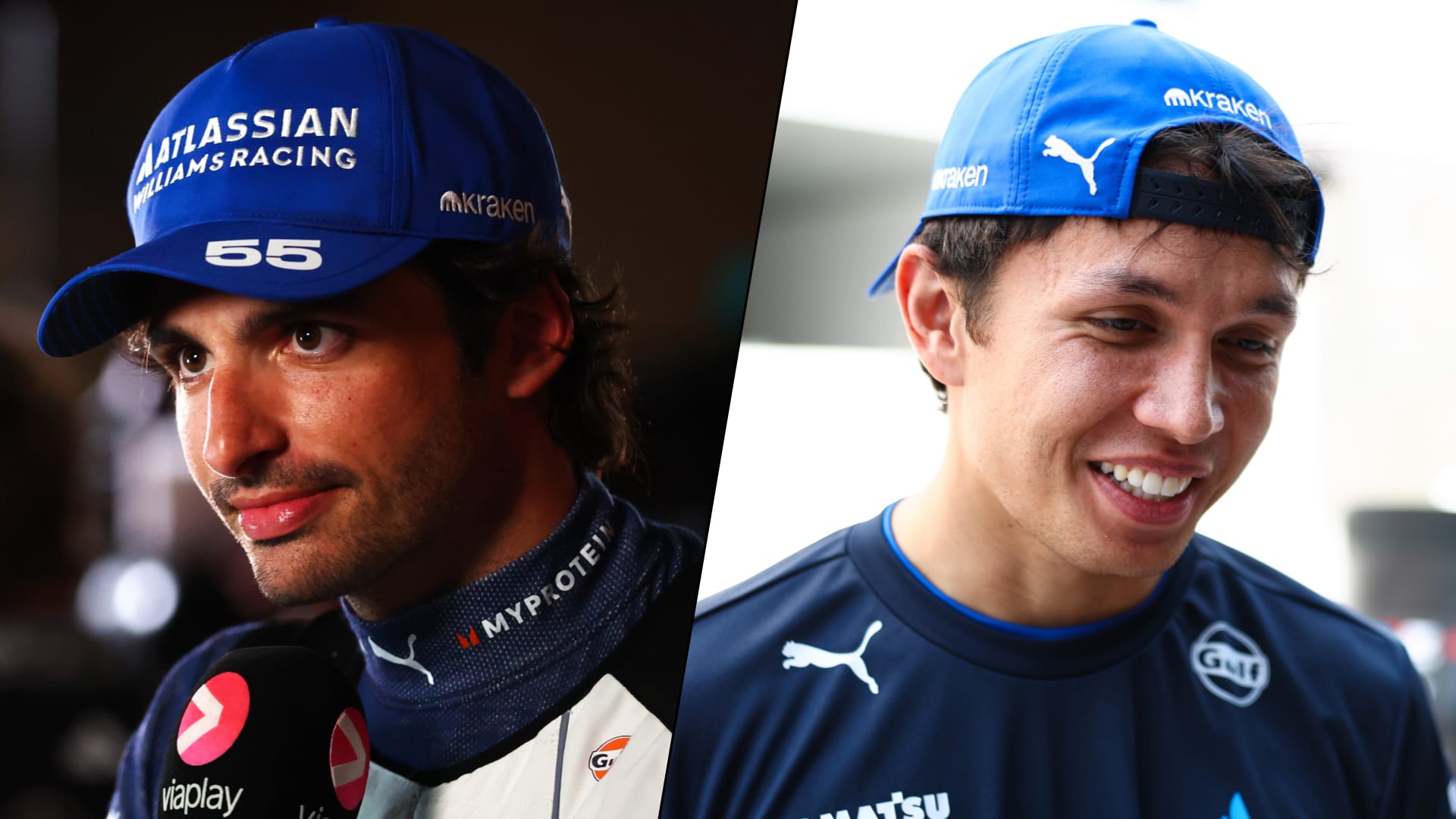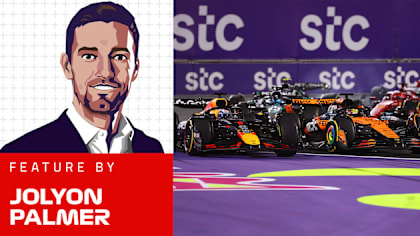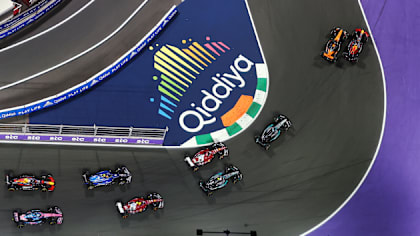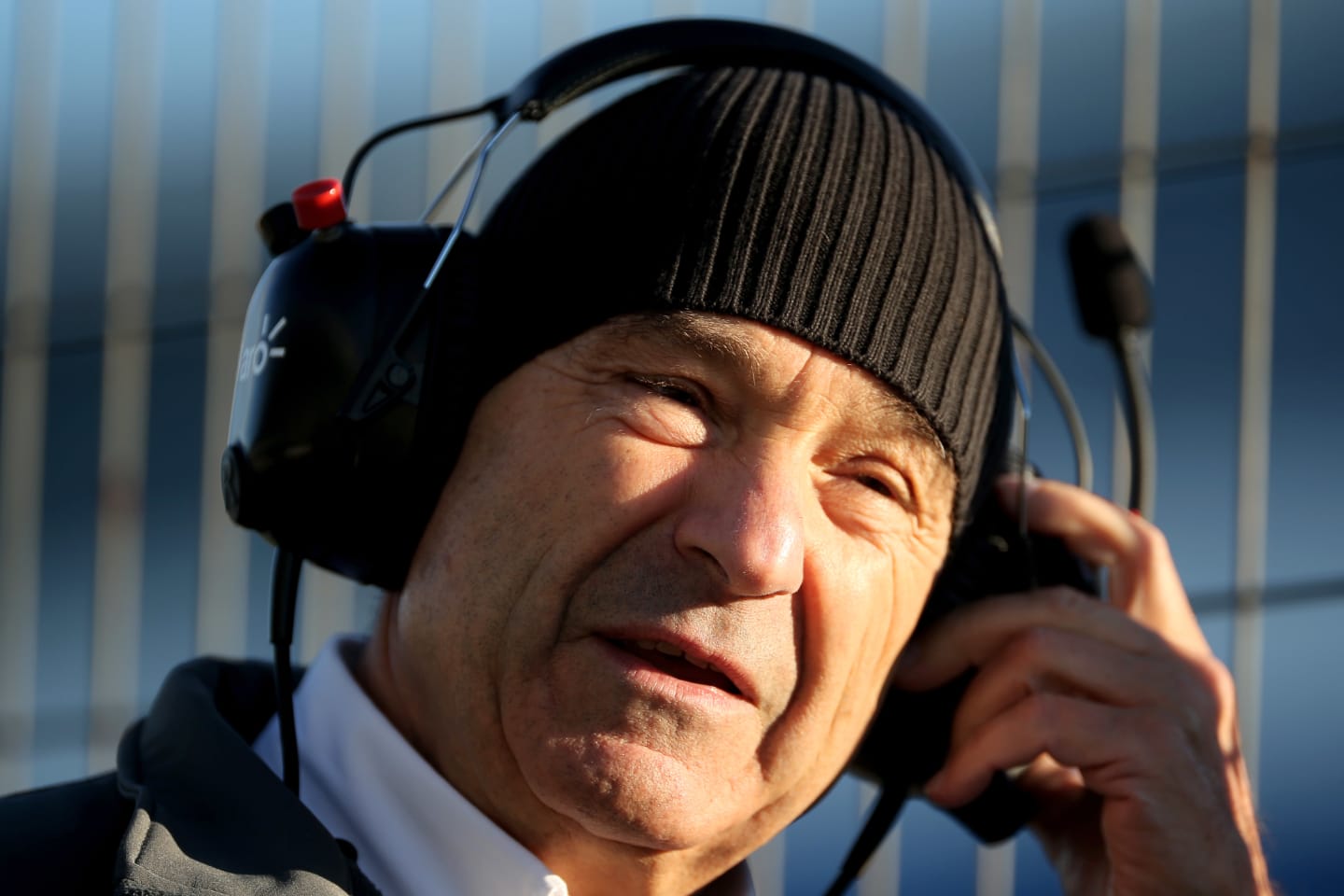
Feature
Sauber at 500 – From privateers to Alfa Romeo factory team, by the man who started it all
Share

This weekend in Turkey, the Sauber team will become just the fourth in history to reach 500 Grands Prix. These days, of course, they are known as Alfa Romeo Racing, but they owe their existence to ambitious founder Peter Sauber, as Lawrence Barretto explains…
With the prospect of running the family traffic light business unappealing, Peter Sauber – a trained electrician and former car salesman – embarked on a career in motorsport that culminated in taking his own team to Formula 1. That squad races on, now under the Alfa Romeo banner, and this weekend will hit 500 Grands Prix.
READ MORE: Alfa Romeo extend naming rights deal with Sauber for 2021
When it became clear the World Sportscar Championship was coming to an end in 1991, having won the title with a car bearing his name for each of the previous two years, Sauber set his sights on Formula 1. The initial plan had been to continue the successful partnership built with Mercedes, but when the German carmaker decided against entering F1 with a works team, Sauber says he “took the difficult step into F1 alone”.
Beginnings
With 1993 pencilled in for their debut, Sauber and his team set about creating the C12 at their base in Switzerland (The ‘C’ in the chassis designation referring to his wife Christine). It ran for the first time in Lurcy-Levis, France, on September 1, 1992.
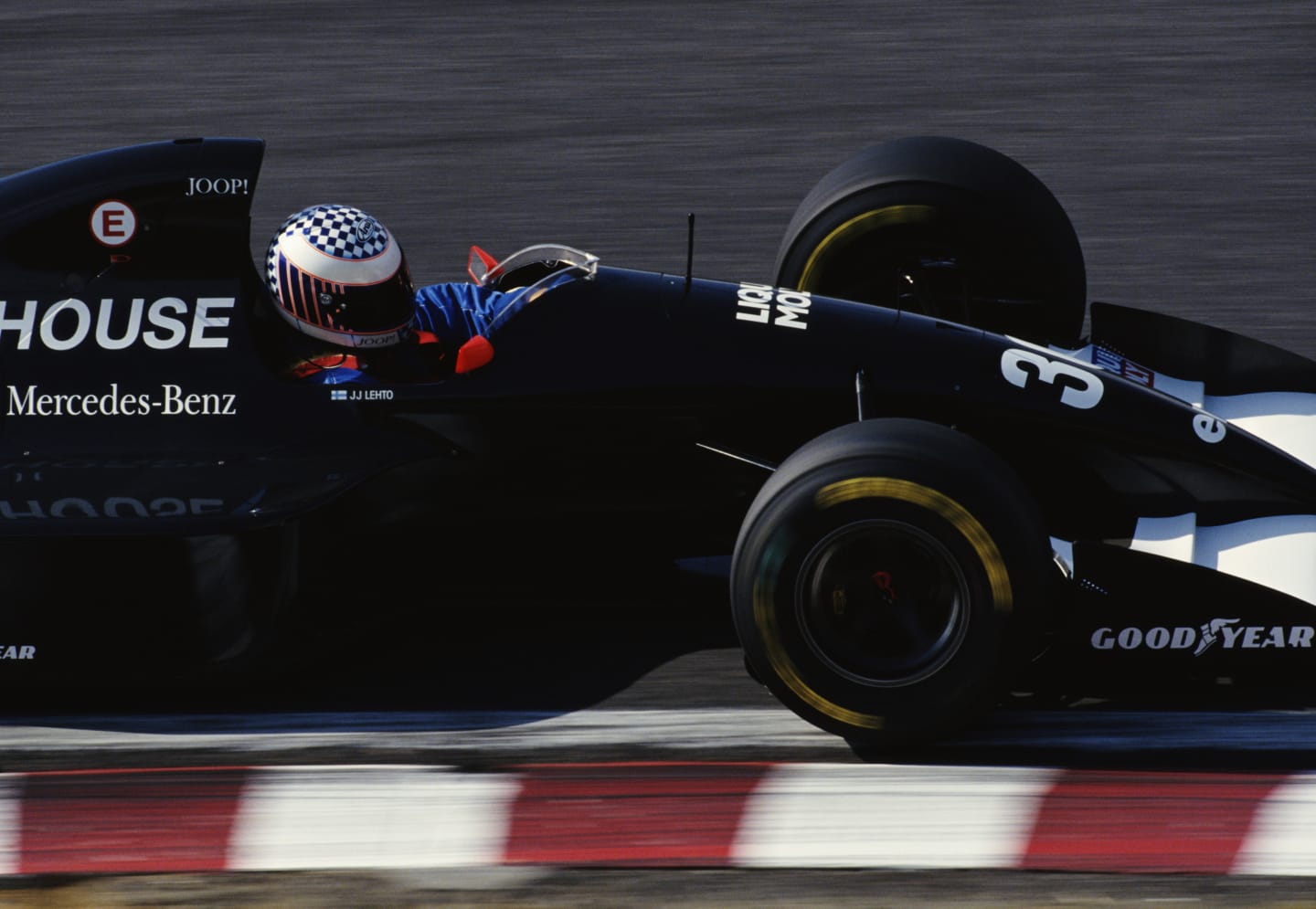
JJ Lehto in the beautiful Sauber C12 - the team's first F1 car
“We did the test with Karl Wendlinger,” recalls Sauber, who clearly remembers all the details of the day. “I also asked Jean-Louis Schlesser to join us. The test was generally good, apart from the gearbox. We did not produce the gearbox in-house, we bought it and had problems with the electro-hydraulic shifting.”
The following year, ‘Team Sauber F1’ arrived in South Africa for the first race of the campaign with Wendlinger and JJ Lehto as their drivers. “The car was good right away – surprisingly good,” says Sauber. Alain Prost and Ayrton Senna locked out the front row, ahead of Michael Schumacher, Damon Hill, Jean Alesi – and then Lehto. It was a stunning first attempt at qualifying. Come race day, it got even better, with the Finn climbing one place to fifth to give Sauber two World Championship points on debut.
Blooding youngsters
Thereafter, Sauber became renowned for giving youth a chance. He played a key role in Michael Schumacher, whom he ran in sportscars, getting the deal with Jordan in F1. He took a risk on 21-year-old Kimi Raikkonen, despite the Finn having just 23 car races under his belt. Heinz-Harald Frentzen and Felipe Massa were just two other race winners and title challengers whom Sauber put his faith in over the years - and that same philosophy was in place when the team blooded current Ferrari star Charles Leclerc in 2018.
ORAL HISTORY: The inside story of Kimi Raikkonen's legendary first F1 test with Sauber
“We were a small team in the midfield with a family atmosphere,” says Sauber. “With us, a rookie could start his Formula 1 career without too much pressure. I kept getting enquiries from young talents and I believe I had a good hand in selecting the drivers.
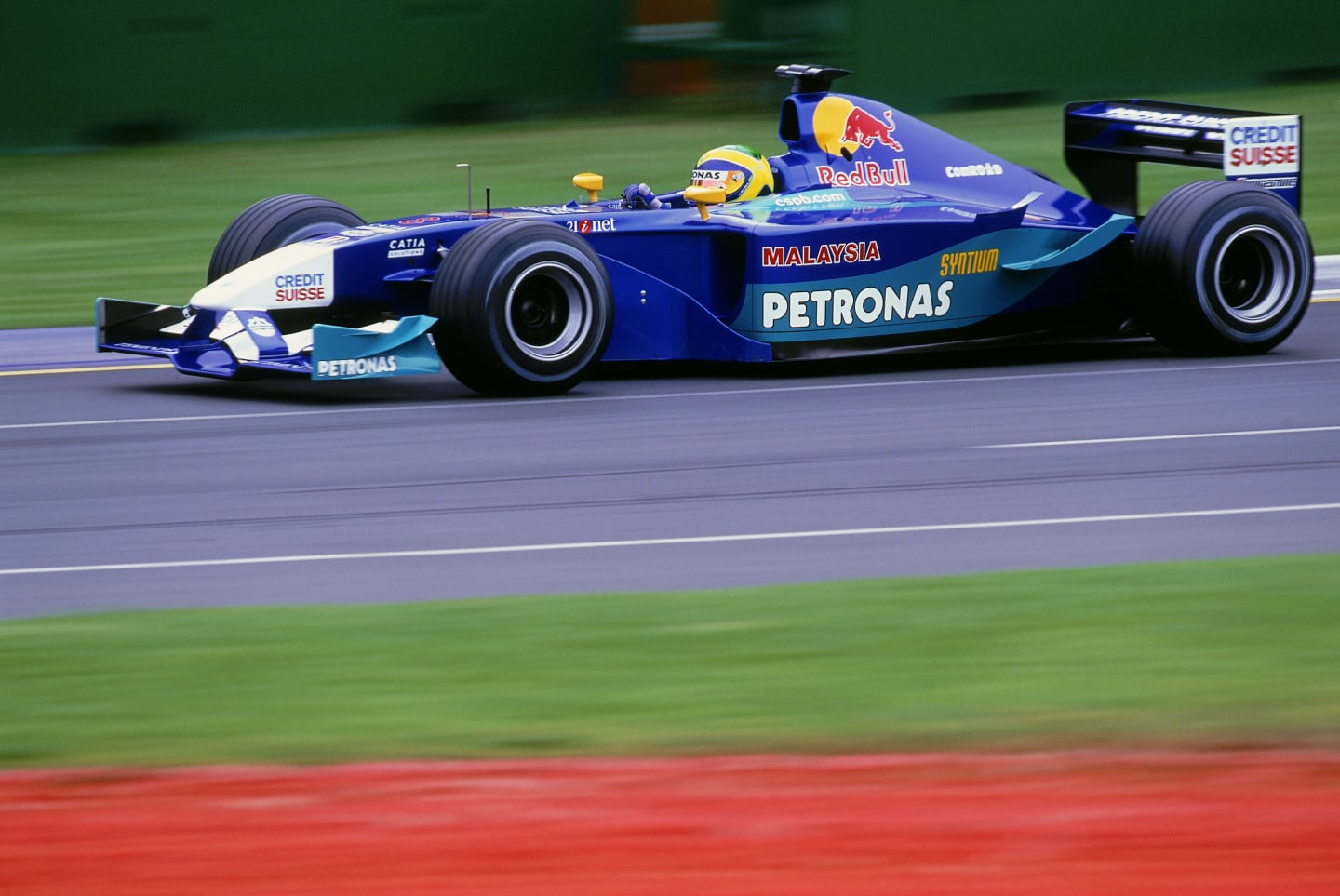
Sauber brought many special young talents into F1, including Felipe Massa. They also brought in brands like Red Bull and Petronas.
“Michael Schumacher was the best driver [he ran]; he drove two years for us in the World Sportscar Championship. During my Formula 1 time we had some very good drivers, but it would be unfair to name one driver as the best. However, the most successful driver for the team is Nick Heidfeld.”
Their best campaign, excluding their years as BMW Sauber from 2006 to 2009, when the German car maker owned a majority stake in the team, was 2001 – the year Raikkonen made his debut with the team. The car was strong right out of the blocks, with Raikkonen and Heidfeld guiding the team to a superb fourth in the constructors’ championship.
From privateer to works team
As a privateer, without the backing and resource of a major manufacturer, Sauber had to fight tooth and nail to raise the capital to compete at a high level. He was responsible for bringing high-end brands into the sport, such as Petronas, Red Bull and Credit Suisse, two of which remain in the championship this very day, albeit with different teams.
So it was perhaps not a surprise that when an opportunity to team up with BMW arose, Sauber decided for the sake of the team – and the people who worked for it – selling a majority stake in the team was the right thing to do.
From horror crash to victory - Robert Kubica's Canadian GP redemption with BMW Sauber
The team’s competitiveness rose immediately, helped by the increased budget, and Sauber’s squad won their only race to date with Robert Kubica at the 2008 Canadian GP. But after four years, and amid the global economic downturn, the German carmaker decided enough was enough and put the team up for sale. A deal with investment firm Qadbak fell through, putting the team’s survival un jeopardy.
Taking back control
Sauber couldn’t bear to see hundreds of people who had given everything to the team be left without a job. So he risked it all personally and found a way to take back control. “The buyback was the only way to save the team from shutting down, and it was certainly not planned,” he says.
What followed was a challenging few years, with Sauber stepping back and handing control to Monisha Kaltenborn. “After my re-entry at the end of 2009, I handed over the operational management to Monisha,” says Sauber. “She had 10 years of experience in key positions in the company and therefore had all the qualifications for the job.
“In autumn 2012, on the occasion of my 69th birthday, I appointed her Team Principal. It had always been my wish not to stand at the pit wall at the age of 70. Monisha Kaltenborn took over the management of the company in a very difficult phase. One of her most important tasks was to secure the existence of the team, in which she finally succeeded.”
Sauber refers to sale of the team to Longbow Finance in 2016, which saw Sauber and Kaltenborn relinquish all shares in the business, with Sauber retiring from motorsport for the second time. “The situation was tough, the decision was not an easy one but comprehensible,” says Sauber. “Finding an investor like Longbow Finance was great and the best the team could wish for.”

Kimi Raikkonen now leads the team who gave him his start in 2001
The here and now
Sauber Motorsport remains in Formula 1, though the team itself is now known as Alfa Romeo Racing, with the Italian carmaker taking over the naming rights as part of a sponsorship deal – but still operating out of the same factory in Hinwil, Switzerland. And having come full circle, Kimi Raikkonen now leads the team who gave him his start.
“Of course, it hurts me that the car does not bear the name Sauber any longer,” Sauber says. “But you must see it in a bigger context. I believe Sauber Motorsport can be proud to build a car for Alfa Romeo.”
And proud they are. Only Ferrari, McLaren and Williams have contested more races than Sauber in the history of Formula 1, ahead of their 500th at this weekend’s Turkish Grand Prix. It’s a staggering achievement and a great legacy for a man who created a motorsport team because he wanted to go racing but that evolved into a family business that has become one of F1’s most famous teams.
YOU MIGHT ALSO LIKE
News ‘It is what it is’ – Verstappen concedes tussle with Piastri ‘potentially’ cost him victory as he hails 'good pace' shown in Jeddah
Podcast F1 NATION: Piastri makes a statement to finish F1’s triple header on top – it’s our Saudi Arabian GP review
OpinionF1 Unlocked PALMER: Verstappen’s Turn 1 penalty proved decisive in Jeddah, so were the stewards right?
Feature What the teams said – Race day in Saudi Arabia
